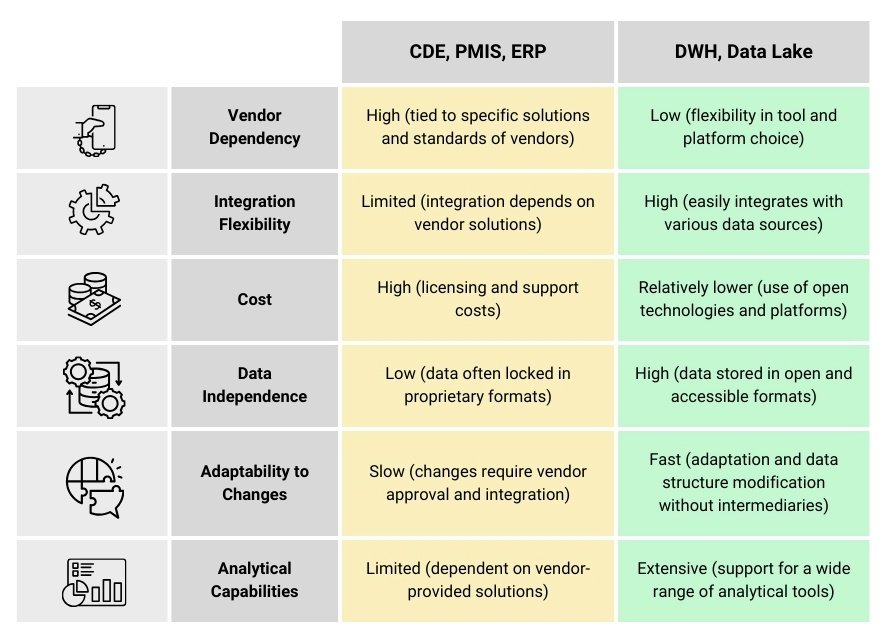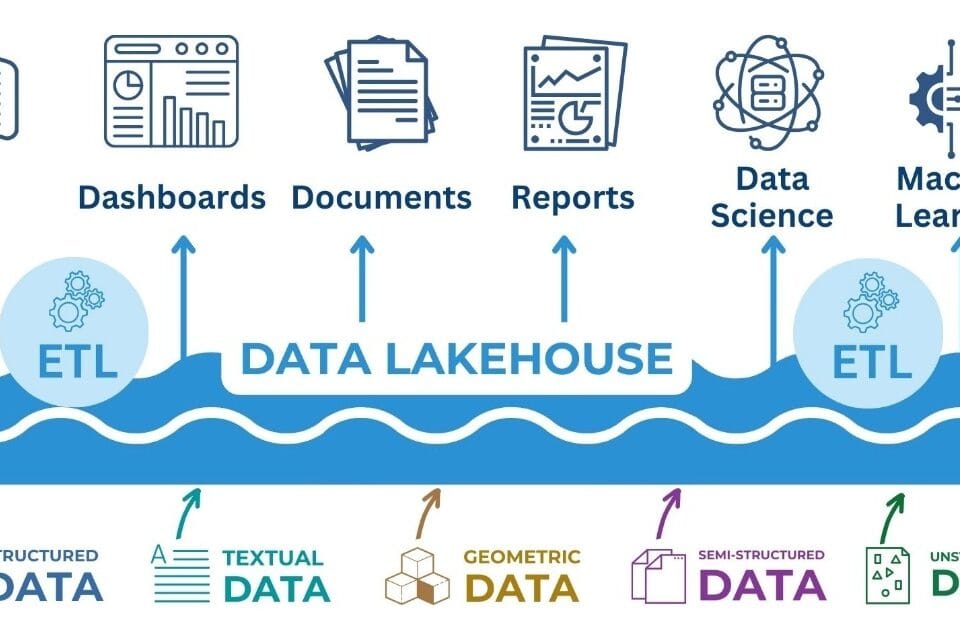Everything in the Universe consists of the smallest building blocks – atoms and molecules, and over time all living and non-living things inevitably return to this initial state. In nature, this process occurs with astonishing speed, which we are trying to transfer to the processes controlled by man.
In the forest, any living organisms are eventually transformed into a nutritious substance that serves as the basis for new plants. These plants, in turn, become food for new living things made up of the same atoms that created the universe millions of years ago.
In the business world, it is also important to break down complex, multi-layered structures into their most fundamental, minimally processed units – much like atoms and molecules in nature. This allows atoms of data to be efficiently stored and managed, turning them into a rich, fertile foundation that becomes a key resource for the growth of analytics and decision quality.

Musical compositions are made up of notes that combine to create complex pieces of music, while words are created from a primitive unit, the letter-sound. Whether it is nature, science, economics, art or technology, the world exhibits remarkable unity and harmony in its pursuit of destruction, structure, cyclicality and creation. Similarly, processes in costing systems are broken down into tiny structured units – resource items – at the level of costing and schedules. These units, like notes, are then used to form more complex calculations and schedules. The same principle is used by computer-aided design systems, in which complex architectural and engineering projects are built from basic elements – individual elements and library components, from which a complete 3D -model of the project of a complex building or structure is created.
The concept of cyclicality and structure inherent in nature and science is also reflected in the modern world of data. Just as in nature all living things revert to atoms and molecules, so in the world of modern data processing tools, information tends to revert to its most primitive form.
The smallest elements with their finite indivisibility are the basic building blocks of business processes. It is important to carefully consider from the very beginning how to collect, structure (break down into atoms) and store these tiny building blocks from various sources. At the same time, organizing and storing data is not just a matter of breaking it down into its constituent parts. It is equally important to ensure that they are integrated and stored in a structured way so that data can be easily retrieved, analyzed and used for decision-making whenever it is needed.
To process information efficiently, the format and methods of data storage must be carefully chosen – just as the soil must be prepared for the growth of trees. Data warehouses should be organized to ensure high quality and relevance of information, eliminating redundant or irrelevant data. The better this “information soil” is structured, the faster and more accurately users can find the data they need and solve analytical problems.




















